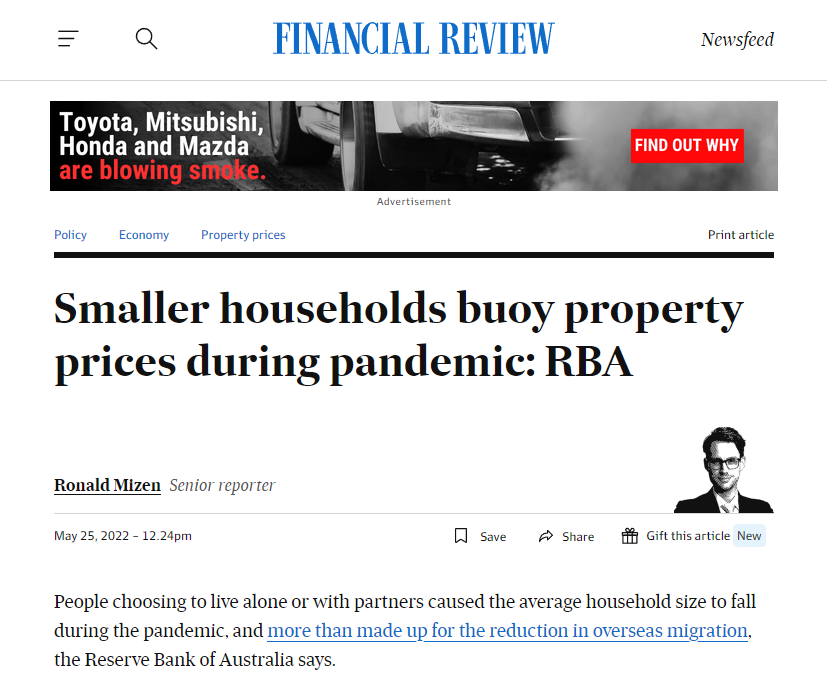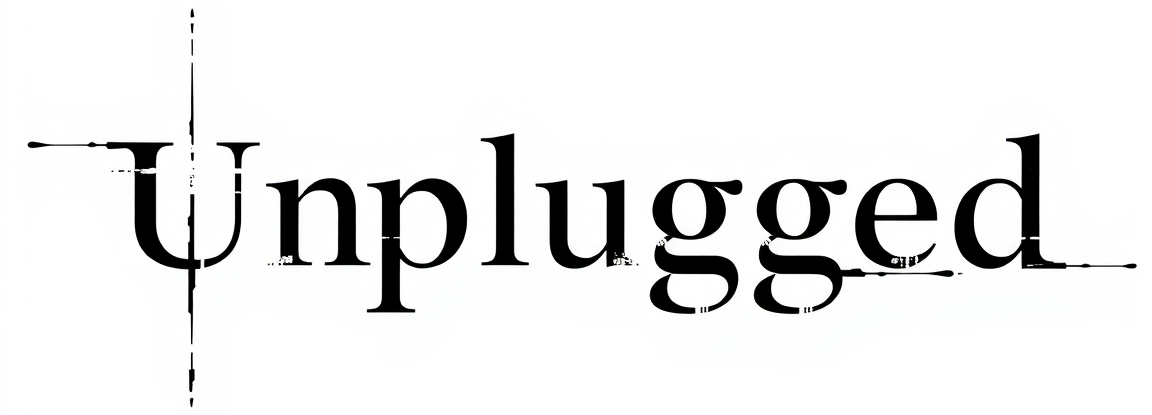Setting the Record Straight: Why House Prices Rose During COVID Without Immigration

One of the most basic principles in economics is supply and demand — the relationship between how much of a good or service is available (supply) and how much people want it (demand). This interaction determines prices in any market economy.
When prices rise, it’s because demand has increased or supply has decreased. The supply of housing isn’t falling — new homes are constantly being built — so the cause of soaring house prices must be increased demand.
Immigration increases demand for housing, which drives up both prices and rents. To argue otherwise is to deny basic economics — and if you can disprove that, you’ll probably win a Nobel Prize.
However, immigration isn’t the only factor that can boost housing demand. During COVID, Australia’s borders were closed to foreign arrivals, yet house prices surged even faster than before. If prices had merely continued their pre-COVID trend, you could claim immigration had little effect. But the fact that they rose faster suggests other forces were also at work.
There were in fact several factors that contributed to this spike in demand:
Smaller households: People wanted more space — to isolate or to work from home — which meant fewer people per dwelling and more homes needed overall.

Returning expats: While foreign arrivals stopped, over half a million cashed-up Australian expats returned home during COVID, adding significant demand.

Record-low interest rates: Cheap money made borrowing easier and buying more attractive.

These were temporary surges in demand. We don’t continue to have half a million expats returning every year, household sizes have stabilised, and interest rates are back up. Yet prices keep climbing — and that’s because immigration-driven demand has returned.
